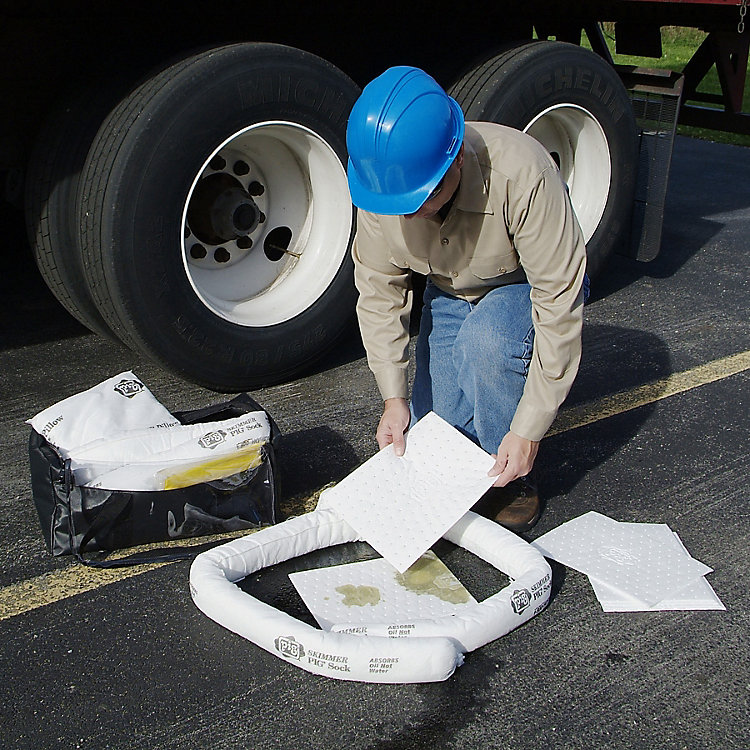
Be Prepared for Incidental Spills
 The whole world sees it in the news when a major oil release has occurred, such as the Exxon Valdez spill, the Deepwater Horizon Oil Rig explosion, the Gulf War Oil Spill and so on.
The whole world sees it in the news when a major oil release has occurred, such as the Exxon Valdez spill, the Deepwater Horizon Oil Rig explosion, the Gulf War Oil Spill and so on.
Most of us will never have to deal with spills as large as these, thankfully. But even small releases can be problematic. Most facilities have the potential for something called incidental spills.
An incidental spill:
- Does not pose a significant safety or health hazard to employees in the immediate vicinity or to the employee(s) cleaning it up
- Does not have the potential to become an emergency within a short time
- Is limited in quantity, exposure potential or toxicity
What does an incidental spill look like? It could be an overfilled container, the overspray from a ruptured hose or pipe, or a puddle at a bulk fluid transfer area.
What’s the best way to prepare for incidental spills? Spill Kits!
Having response kits in spill-prone areas can mean the difference between an incidental spill and an emergency. (Reminder: If a hazardous spill of any size hits a drain that leads directly to a waterway, then it becomes an emergency.)
Spill kits contain absorbent socks, mats and other items that help you quickly contain and control a spill. Depending on what type you buy, spill kits may also contain patch and repair items or other things that spill responders may need, such as personal protective equipment (PPE) and response tools.
Keep in mind that while spill kits may be exactly what you need for incidental spills, you might need a more elaborate plan and additional products for large releases or emergencies.

